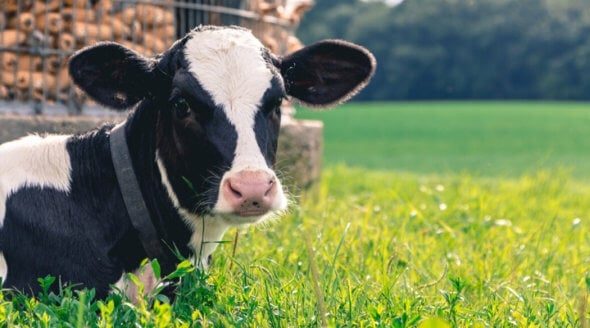All About Animals: The Issues (Ages 14-16): Companion Animals
For many of us, the closest relationship we have with animals is with our ‘pets’. Animal protection organisations such as PETA prefer the term ‘companion animal’ as it more accurately describes the ideal relationship between humans and animals. But no matter what we call them, the animals we share our home with are very special to us and rely on us for their every need and want. And this doesn’t just mean the fun stuff like playing and walking in the park, it also means the not-so-fun stuff like keeping their bedding clean, grooming their coats and making sure they have enough good food and fresh water. Forgetting these things or putting them off to do later (just like you do with your homework) can mean your companion animal becomes hungry, thirsty, unhappy, lonely or even ill. Animals have feelings, just like you do.
Just think of the look on your dog’s face when you get home from school. He jumps about, wagging his tail and is so excited to see you again. And what do you do? Rush straight past your pup, grab your football and leave the house again without him? Well, that’s not very nice! You are your dog’s best friend, and your canine companion loves to spend time with you, just like you love to spend time with your best friends. So why not include your pup in your games? And make time to cuddle him, stroke him and play with his favourite toys.
Dogs were domesticated 15,000 years ago when humans in Asia tamed a pack of wolves. All those years of living with humans have changed dogs’ way of thinking—everyday experience shows us that even very young puppies know how to ‘read’ people. It’s time that people became better at ‘reading’ dogs!
Cats were first domesticated 8,000 years ago by people in the Far East who considered them to be good luck. And it is said to be good luck if a black cat crosses your path but today’s cats, who are abandoned in streets and left to fend for themselves outside, need plenty of luck just to survive.
All animals need the following things:
- Comfort
- Consideration
- Freedom to run and play safely
- Fresh, clean water
- Friends (no animal wants to be lonely)
- Good food
- Respect
If you live with an animal, it’s a good idea to go over this list regularly to make sure you have a happy and healthy animal. Think about the animals in your life. Are there small things you could do to make them happier?
Think about the animals in your life. Are there small things you could do to make them happier? What if your dog stops and sniffs at every lamppost or tree-trunk? Do you yank at the lead and demand that he “hurry up!” or do you let Fido sniff away as he picks up all the doggy news in the neighbourhood? And what if kitty scratches at the furniture? Don’t get mad! Cats want and need to scratch, so it’s best to provide a proper scratching post or your sofa will most likely get mauled.
Sanctuaries or Shops
With sanctuaries and shelters overflowing with unwanted, abandoned and abused animals, animal welfare campaigners encourage people who can offer a safe and loving home to an animal to adopt a rescued animal rather than buying one from breeders or pet shops.
Spaying and Neutering
One of the main reasons that sanctuaries are filled with unwanted animals is because people don’t always have their companion animals spayed and neutered. Even if an animal is allowed to have ‘just one litter’, that litter will displace animals who have already been born and are in desperate need of homes. If the animal’s offspring are not altered, they can multiply into thousands of unwanted animals in just a few years. People on low incomes can get financial help for spaying and neutering from the RSPCA, Celia Hammond’s Clinic in London and many other organisations. Any vet should be able to offer advice on low-cost spaying and neutering. This one-off operation does not harm the animal, does not change his or her personality and can prevent certain cancers and other diseases—in addition to preventing the births of unwanted animals.
Cross Breed or Pure Breed
Often, the mixed-breed mutt is likely to be healthier than the pure-bred dog due to the mixed genes. In-breeding of pure-bred dogs has led to a host of problems. For example, the incidence of hip dysplasia (a debilitating and painful disease of the hip joint) in Golden Retrievers and German Shepherds is above 75 per cent and we know that breathing difficulties are common in Pugs and Boxers. Health problems associated with genetic inbreeding are practically unheard of in mixed breed dogs, which is definitely better for the animal and better for the dog’s carer too!
The Lonely Companion
Many companion animals live a very lonely existence confined in a cage. What is best for the animal should always be taken into account—and this can vary from one species to the next. It also depends on the individual animal’s personality and needs. Many breeds of bird should live in a flock; rabbits need companionship; rats should live in groups (males can be neutered), as should female mice (males may live happily with brothers but often attack other males); hamsters and gerbils may prefer to be alone but some like companionship and individuals should be given the choice; female guinea pigs should live in a group but males may fight as they mature. Dogs and cats who are socialised with other animals from a young age will usually prefer to live with a canine or feline companion.

